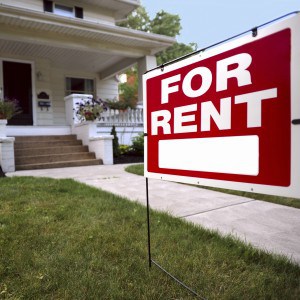More and More People are Renting. Thank the Suburbs

Nearly 22 million more people were renting in metropolitan areas around the U.S. in 2014 than in 2006 and much of that increase was driven by the growth in suburban renters, according to a new report from New York University’s Furman Center, which studies real-estate and urban policy, and Capital One.
While the renter population in major cities increased by nine million people during that eight-year period, in the surrounding suburban areas it increased by 12 million people.
As downtown areas are becoming less affordable to lower- and middle-income residents, some have them have been pushed to the suburbs, likely accounting for some of the growth in the renter population.
“The story really is that the pressure in the market is growing. It may have started in the cities, but it’s moving further out,” said Laura Bailey, managing vice president of community finance at Capital One.
The median rent in principal cities, adjusted for inflation, grew 5% from 2006 to 2014, compared with 2% for the surrounding suburbs.
In some metro areas the difference was even starker. In Washington, D.C., the median rent in the city, adjusted for inflation, grew by 27% from 2006 to 2014, while in the suburbs it grew by 8%. In New York, the median rent in the city grew by 15%, compared with 4% in the suburbs.
Many suburban homeowners also lost their homes during the foreclosure crisis and often ended up renting single-family homes nearby. In 2014, 37% of renters in the largest metro areas lived in single-family homes, compared with 32% in 2006.
Overall, a higher proportion of urban residents still rent than suburban residents. Nearly half of residents of central cities in rent compared with 29% of residents of the surrounding suburbs.
Still, the report’s authors say the growth in suburban renting underscores that we don’t just need to build more housing in pricey downtown areas.
“As demand for renting continues…the suburbs need to make building rental housing easier,” said Ingrid Gould Ellen, faculty director of the NYU Furman Center.
Corrections & Amplifications
Nearly 22 million more people were renting in metropolitan areas around the U.S. in 2014 than in 2006. An earlier version of this article incorrectly said that nearly 22 million more people were renting in the 11 largest metropolitan areas. (March 9, 2016)
Source: blog.wsj.com















 Accessibility
Accessibility